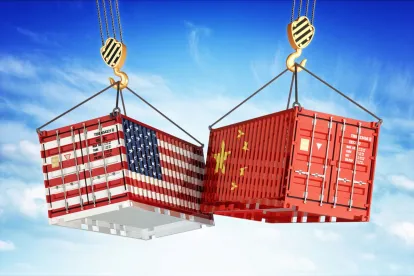In the June 20, 2019 pre-publication edition of the Federal Register, the U.S. Trade Representative announced the long awaited process for seeking exclusions for goods on List 3, the one which recently went from 10% to 25%. While the exclusion process itself generally mirrors the process applied to those goods on Lists 1 and 2, there are a few differences, but let’s start at the beginning.
Any exclusion request for List 3 goods must be filed between June 30 and September 30, 2019. The request must be filed through the portal: https://exclusion/ustr.gov. One new wrinkle is parties must register in the portal before filing.
As with the process for Lists 1 and 2, once the exclusion request is published in the portal and so publicly available for viewing, anyone wanting to file a “response” (meaning an objection) must do so within 14 days. Once the response is public, the original requestor has 7 days to file a reply (meaning rebuttal/additional documentation). As before, any exclusions granted will be effective from when the tariff was originally imposed – September 24, 2018, and will be valid for one year. Given the period in which to file these exclusion requests ends more than a year after the earliest entries were filed, importers will need to establish a process to carefully monitor the affected entries for liquidation and protest deadlines.
To allow companies to begin to gather information and prepare their data prior to the portal being active, USTR has released in written format the provisions which will appear in the exclusion form once published. Companies, of course, have the option to file attachments and other supporting documents with their submissions, and generally that is an advisable step, given the breadth of supporting data required. Another wrinkle of note is the requirement to provide information about any List 1 or List 2 exclusions requests which were previously filed.
The data contained in the exclusion form can be found here.




 />i
/>i

